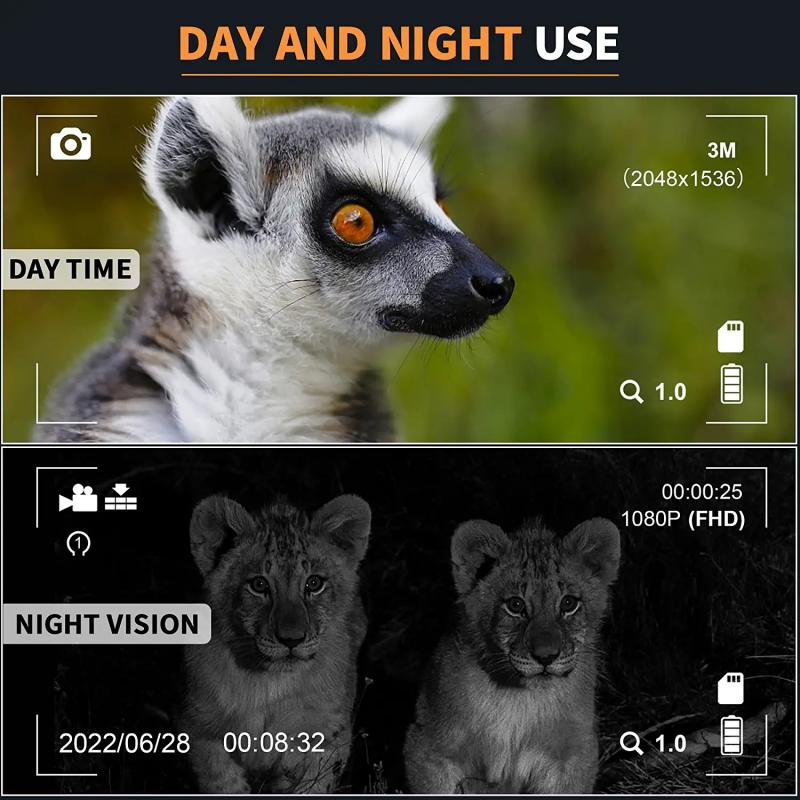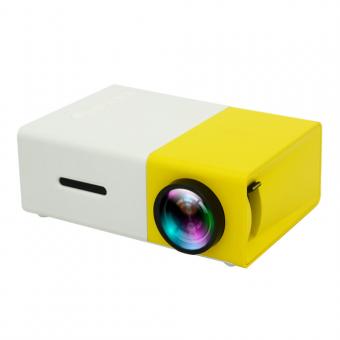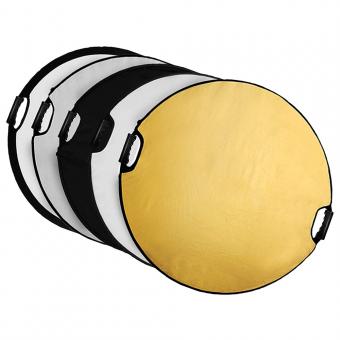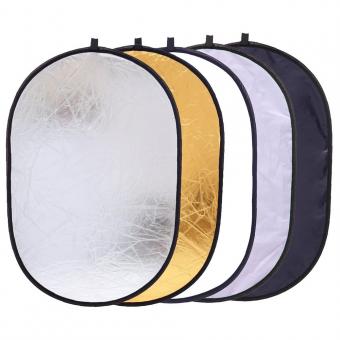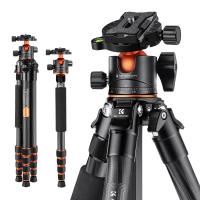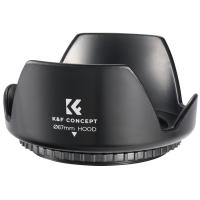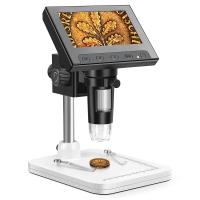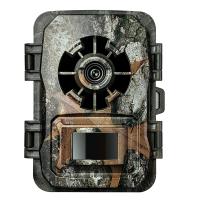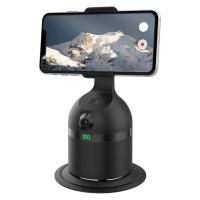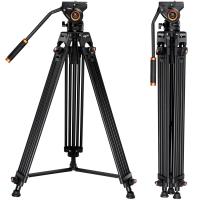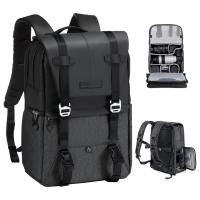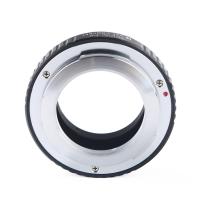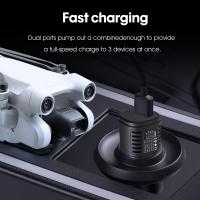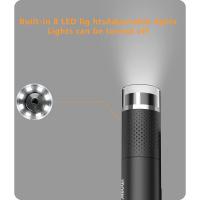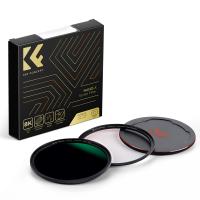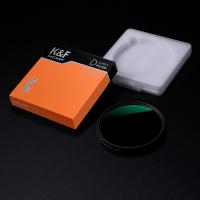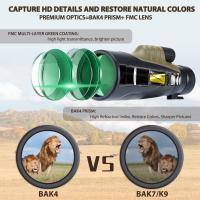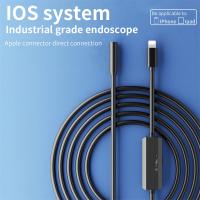What Does 80 X 80 Binoculars Mean ?
80 x 80 binoculars typically refer to the magnification and objective lens diameter of a binocular. In this case, "80 x" indicates that the binoculars have a magnification power of 80 times, meaning that the object being viewed will appear 80 times closer than it would to the naked eye. The second "80" refers to the diameter of the objective lenses in millimeters, which determines the amount of light that can enter the binoculars. A larger objective lens diameter generally allows for brighter and clearer images. Therefore, 80 x 80 binoculars have a high magnification power and large objective lenses, making them suitable for long-range observations or astronomical use.
1、 Magnification: 80x magnification power for distant objects.
"What does 80 x 80 binoculars mean?" The term "80 x 80 binoculars" refers to the magnification power and objective lens diameter of a specific type of binoculars. In this case, the number 80 represents the magnification power, while the second 80 represents the diameter of the objective lens.
Magnification: 80x magnification power for distant objects. The magnification power of 80x means that the binoculars can make objects appear 80 times closer than they actually are. This level of magnification is quite high and is typically used for observing distant objects, such as celestial bodies, wildlife, or sporting events from a distance. It allows users to see fine details that would otherwise be difficult to discern with the naked eye.
Objective Lens Diameter: The objective lens diameter of 80mm indicates the size of the front lenses of the binoculars. A larger objective lens diameter allows more light to enter the binoculars, resulting in brighter and clearer images. This is particularly useful in low-light conditions or when observing objects in dimly lit environments.
It is important to note that while 80x magnification and 80mm objective lens diameter may sound impressive, there are other factors to consider when choosing binoculars. The quality of the optics, lens coatings, and overall build quality also play a significant role in determining the performance of the binoculars. Additionally, higher magnification levels may require the use of a tripod or other stabilization methods to minimize image shake.
In recent years, technological advancements have led to the development of binoculars with even higher magnification powers and improved image quality. However, it is essential to strike a balance between magnification and image stability to ensure a comfortable and enjoyable viewing experience.
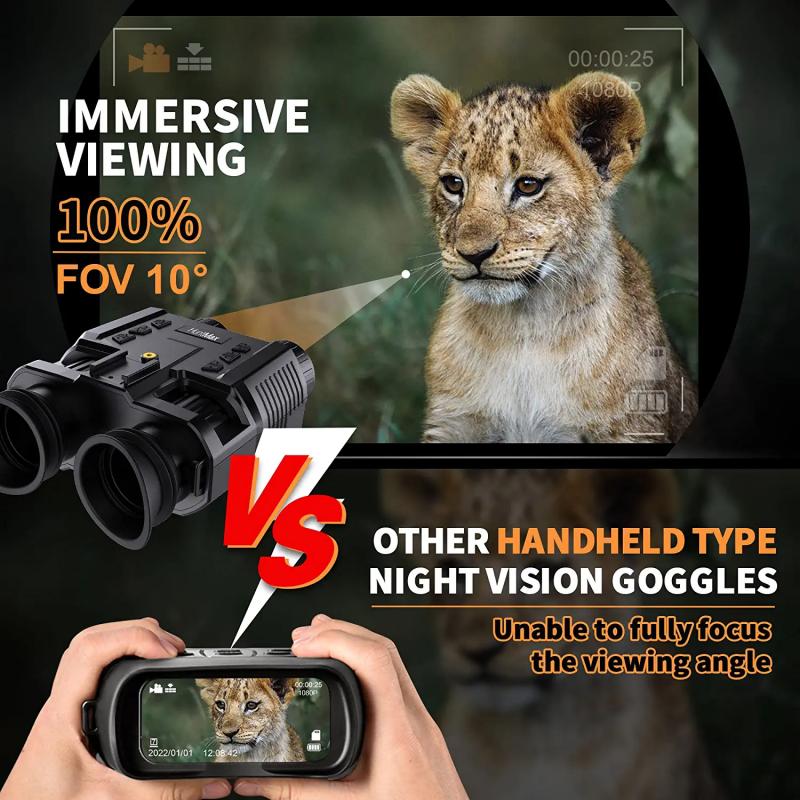
2、 Objective Lens Diameter: Binoculars with 80mm objective lens diameter.
What does 80 x 80 binoculars mean? Binoculars with an 80mm objective lens diameter. The numbers 80 x 80 refer to the magnification and objective lens diameter of the binoculars. The first number, 80, represents the magnification power, indicating that the binoculars can make objects appear 80 times closer than they actually are. The second number, also 80, represents the diameter of the objective lens in millimeters.
The objective lens is the larger lens at the front of the binoculars, responsible for gathering light and forming the image. A larger objective lens diameter allows more light to enter the binoculars, resulting in brighter and clearer images, especially in low-light conditions. This makes binoculars with an 80mm objective lens diameter ideal for activities such as stargazing, birdwatching, or observing distant objects in dimly lit environments.
It is important to note that while an 80 x 80 binoculars may offer impressive magnification and light-gathering capabilities, they also tend to be larger and heavier compared to binoculars with smaller objective lens diameters. This can make them less portable and more challenging to hold steady for extended periods. Additionally, binoculars with larger objective lenses often come at a higher cost.
In recent years, technological advancements have led to the development of binoculars with improved optics and lens coatings, enhancing image quality and reducing glare. These advancements have made it possible to achieve excellent performance even with smaller objective lens diameters. Therefore, it is essential to consider factors such as intended use, portability, and budget when choosing binoculars, rather than solely relying on the objective lens diameter.

3、 Field of View: The width of the area visible through the binoculars.
What does 80 x 80 binoculars mean? The term "80 x 80" refers to the magnification and objective lens diameter of the binoculars. In this case, the number 80 represents the magnification power, while the second 80 represents the diameter of the objective lens in millimeters.
Magnification power determines how much closer the viewed object appears compared to the naked eye. In the case of 80 x 80 binoculars, the object will appear 80 times closer than it would to the naked eye. This level of magnification is quite high and is typically used for specialized purposes such as astronomy or long-distance viewing.
The objective lens diameter, represented by the second 80, is important as it determines the amount of light that can enter the binoculars. A larger objective lens diameter allows more light to enter, resulting in a brighter and clearer image. In this case, an objective lens diameter of 80mm is quite large, indicating that these binoculars are designed for low-light conditions or for use in situations where a bright image is crucial.
Field of View (FOV) is another important aspect to consider when discussing binoculars. It refers to the width of the area visible through the binoculars. A wider FOV allows for a larger area to be seen at once, making it easier to track moving objects or observe a broader scene. However, higher magnification often results in a narrower FOV. Therefore, while the 80 x 80 binoculars may offer a powerful magnification, their FOV might be narrower compared to binoculars with lower magnification.
In summary, 80 x 80 binoculars have a high magnification power of 80x and a large objective lens diameter of 80mm. This combination allows for detailed and bright viewing, particularly in low-light conditions. However, it's important to note that higher magnification may result in a narrower field of view.
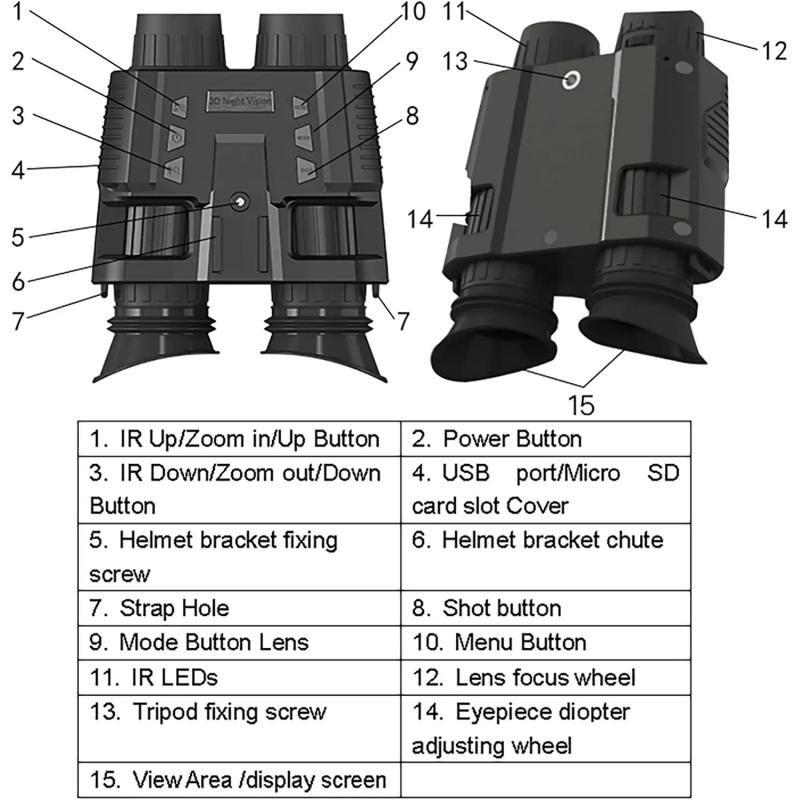
4、 Exit Pupil: The size of the beam of light exiting the eyepiece.
What does 80 x 80 binoculars mean? The term "80 x 80" refers to the magnification and objective lens diameter of the binoculars. In this case, the binoculars have a magnification power of 80x and an objective lens diameter of 80mm.
Magnification power determines how much closer the viewed object appears compared to the naked eye. A higher magnification, such as 80x, allows for detailed observations of distant objects. However, it is important to note that extremely high magnification can also result in a narrower field of view and reduced image stability, making it more challenging to track moving objects.
The objective lens diameter, in this case, is 80mm. The larger the objective lens, the more light it can gather, resulting in brighter and clearer images, especially in low-light conditions. This is particularly beneficial for activities like stargazing or birdwatching at dusk or dawn.
Additionally, the exit pupil is an important factor to consider when discussing binocular specifications. The exit pupil is the size of the beam of light that exits the eyepiece and reaches the viewer's eye. It is calculated by dividing the objective lens diameter by the magnification power. In this case, the exit pupil would be 1mm (80mm / 80x = 1mm).
A larger exit pupil, typically around 5-7mm, is desirable as it allows more light to enter the viewer's eye, resulting in a brighter image. However, the human eye's pupil can only dilate up to a certain size, usually around 2-3mm in bright conditions and up to 7mm in low-light conditions. Therefore, an exit pupil of 1mm may not fully utilize the eye's potential to gather light, especially in low-light situations.
In conclusion, 80 x 80 binoculars have a high magnification power and a large objective lens diameter, which can provide detailed and bright images. However, the relatively small exit pupil size may limit their performance in low-light conditions.
